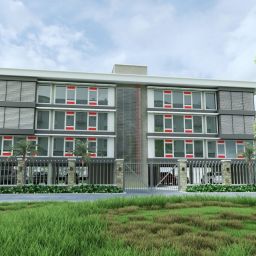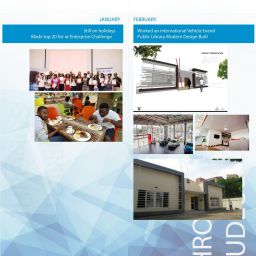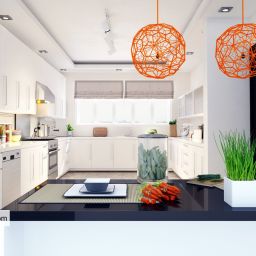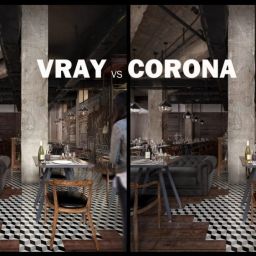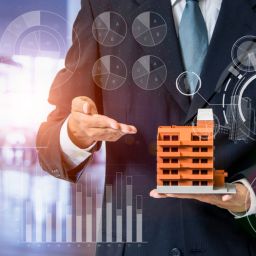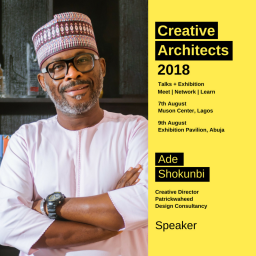
Photo credit: Arlesky | Shutterstock
Technology in architecture has bridged the gap, which once existed between conceptualizing beautiful structures and creating them. Notably, the rapid growth of technology has not left architecture out. This is because trends keep moving in favour of better visualizations, designs, adaptation, and feasibility.
Architects now have access to tools for optimized performance and improved implementations of ideas that were once difficult to execute. The likes of BIM, virtual reality, robotics, and 3D printing have transformed the direction of architecture for good. Also, the availability of data has equipped them to make tangible and informed decisions that lead to desirable outcomes.
While embracing the success of traditional methods, time has revealed that architects who are inclined towards technology are likely to make uncompromised contributions to architectural designs’ general improvement.
Enhanced Processes – From Concept to Construction
We cannot overlook the obvious transformation technology has brought to the design process. In times past, building documentation was achieved by hand-drawn lines on a piece of paper, the introduction of Computer-Aided Design (CAD) was a step ahead in the design process as the lines could now be drawn on a computer using the CAD Software, producing a two-dimensional representation of the building or its elements.
Forward years later, we see how the introduction of Building Implementation Modelling (BIM) gives us a lot more. Walls can be drawn in 3D with feasible specifications that can be implemented in construction by giving the engineers an insight into the structural and mechanical details of the building way ahead of time.
With the aid of BIM, the architect can disclose the level of energy a building will consume. They can also provide various models of the building elements like facade, piping, positioning, and other structural attributes to find out what works for the clients.
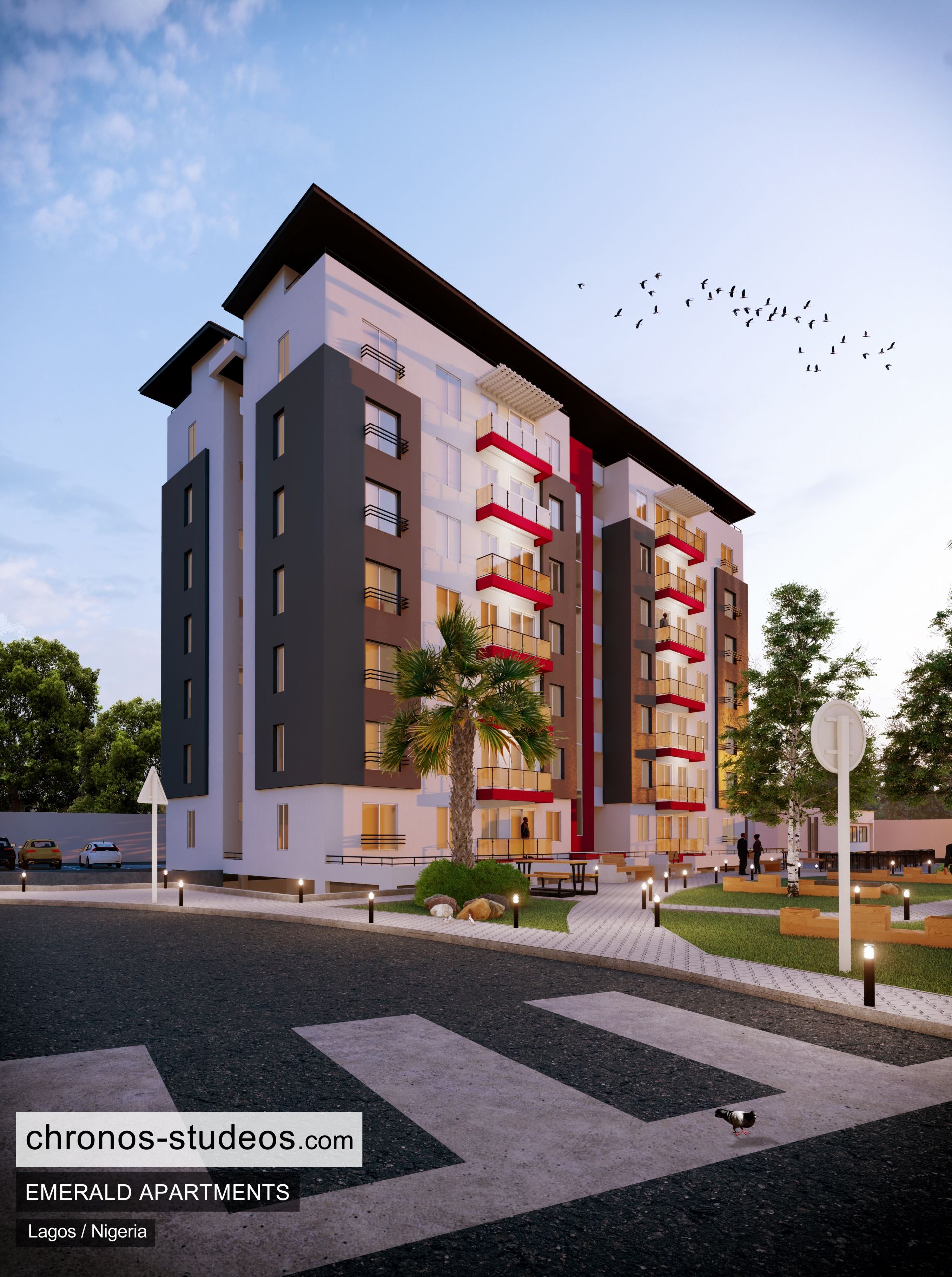
Powerful Visuals
Design is a concept that should be seen. With the aid of 3D visualization, the architect can show and tell (and in real-time too, as the design progresses). The use of 3D visualization gives architects and their clients the liberty to explore and create spaces that are as close to real-life as they can be. With advanced software like V-ray, Revit, Sketchup, and so on, the possibilities are vast.
These visualizations have made presentations easier. Like BIM, it also allows the architect to render various options that make all stakeholders have a stronger understanding and evaluation of the proposed project.
Interior design, especially, has seen a huge transformation due to the introduction of 3D visualization. With the ability to create materials, textures, lighting, objects, and so on, the architect can simulate real-life situations and interactions that give the client a glimpse into how various spaces will turn out.
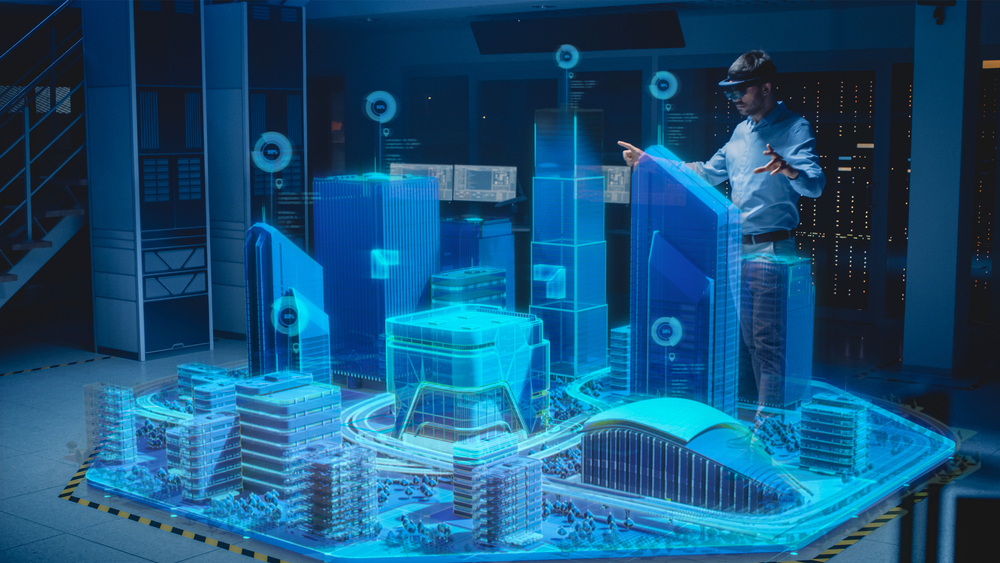
A Dynamic Experience
The architect is often charged with the responsibility to solve design problems. Previously, the process would be long and tedious, but the involvement of technology has enhanced this process. For instance, Virtual Reality (VR) has made it easier for architects to present their ideas to clients. Users can step inside virtual spaces to experience the future from a place of comfort to determine feelings of presence and space utilization, and determine whether the architect has met their needs via design. This allows any stakeholder to be part of the design process. It is also an effective tool for collaboration due to the strong alliance existing between VR companies and BIM software developers.
Greater Precision
Technology and precision are significantly related. Therefore, the evolution of technology means greater precision in architecture. Because of how they are programmed, most of the existing architectural software provide enough details to guide the architect towards creating precise structures. There is more accuracy in measurements and iterations. This ensures that there is consistency in the design and its implementation. With construction visualization, it is easier to have as-built drawings upon project handing over to the client because clashes are detected easily, issues are resolved and updated on the go with technology, thereby reducing cost overhead for the developer.
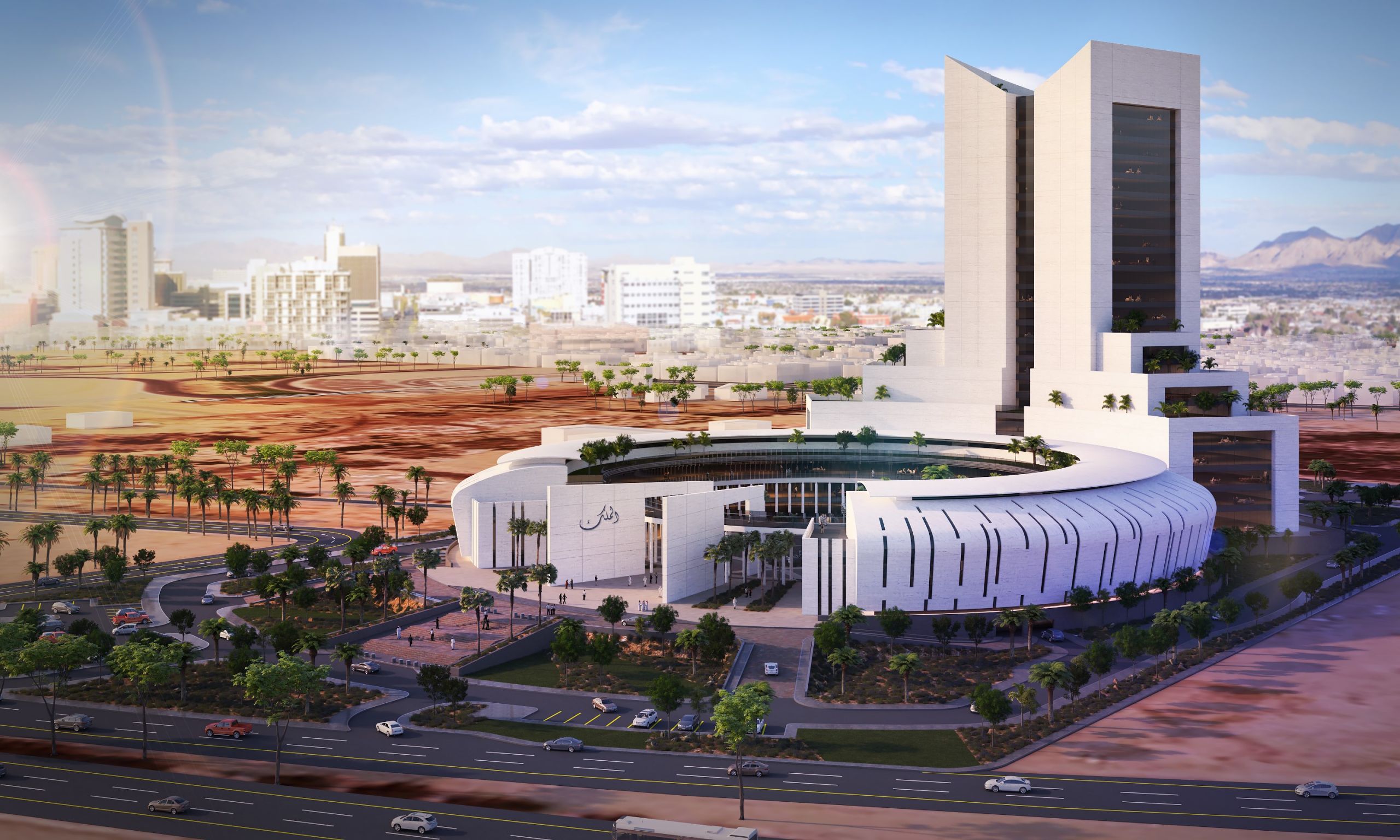
Profound Testing with Generative Design
With technology came access to algorithms and artificial intelligence, which have also contributed to better designs. The use of generative design enables the architect to create multiple outcomes by emulating real-life situations. The process allows the architect to observe each step and make changes at every point to meet the goal of the design. This has lifted the limitations that once existed with the traditional design methods, and as a result, we see the diverse, unique structures that surround us.
The information from BIM can help evaluate the various options to find the best fit for any building project. With a series of algorithms, the computer automates several options optimized for specific conditions. This could be facade design optimized for shading, or even sitting arrangements in an office setting, or the most optimizable use of a site layout. This is the power of computational or generative design.
Better Project Management
Architects can take advantage of a wide range of project management software to maintain an easier, effective, and progressive flow of projects. The ease at which architects can collaborate and manage the lifecycle of design projects has been enhanced.
With this software, architects can drive projects from concept to completion; they can now develop working timelines and systems that will guide an entire project from start to finish; draw up budgets and determine the cost-effectiveness of various aspects of the projects; get feedback and support when needed and make sufficient plans towards their executions.
There is no doubt that the existence of technology will continually have a positive impact on architectural designs. Architects can now explore the gross possibilities this has provided, and going “beyond horizons” is fast becoming a reality.
Innovation roams freely and finds expression because the tools have gotten better, and we can only foresee situations where they keep improving.
First published in Prestige Magazine.


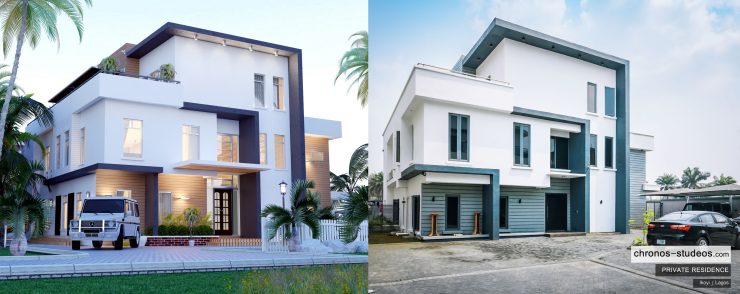
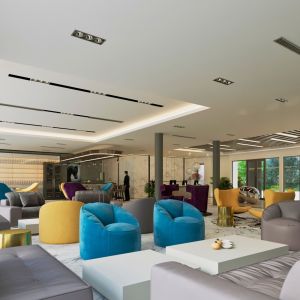
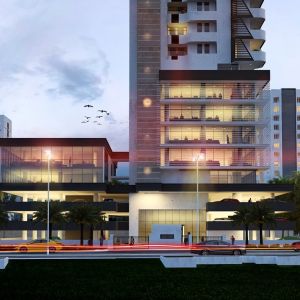
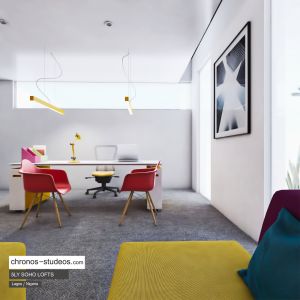
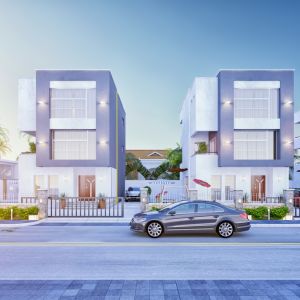
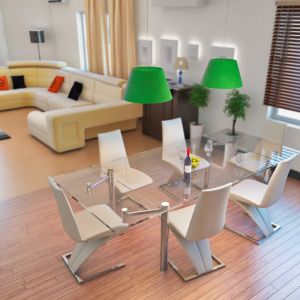
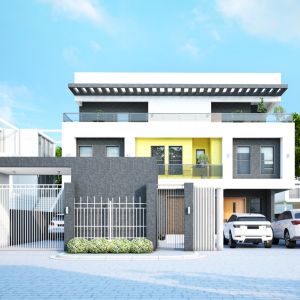
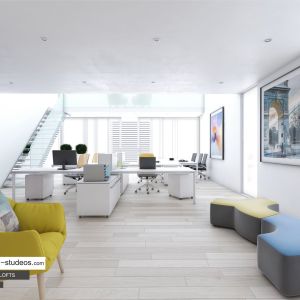
![a-car-sales-showroom-cars-vehicle-mitsubishi-lagos-nigeria-2[1]](https://www.chronos-studeos.com/wp-content/uploads/2020/05/a-car-sales-showroom-cars-vehicle-mitsubishi-lagos-nigeria-21-thegem-product-justified-square-s.jpg)

